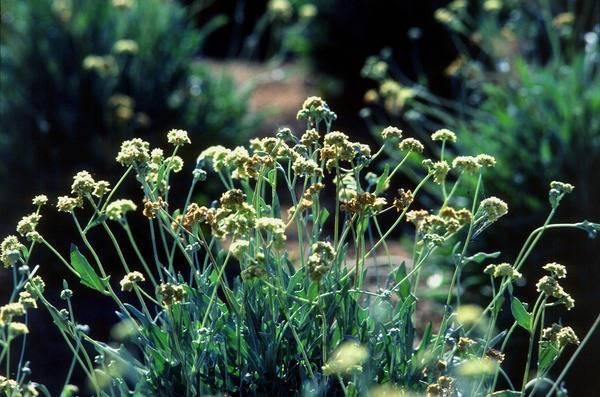
Sustainable tires that don’t contain fossil fuels and are easy on the environment? They may be just around the corner.
Last week Bridgestone Tires unfurled a new sustainable procurement policy announcing a goal of converting its supply chain to “100 percent sustainable materials” by 2050. The announcement follows similar commitments by competitors Pirelli, Michelin and Goodyear, which have assured consumers that they are developing new, sustainable ways for manufacturing rubber-based products.
In Bridgestone’s case, the new four-prong sustainable procurement policy includes increased guidelines for its suppliers in how they address a) transparency, b) compliance, c) quality, cost and delivery, and d) sustainability in its procurement practices.
The policy places the greatest focus on “direct” suppliers by requiring them to comply with the policy and encouraging them to motivate their own supply chain to do the same.
Most of the policies it’s passing down to its suppliers are noted as “preferred” goals, meaning the suppliers are encouraged to participate but not required to meet the benchmarks in order to remain in the supply chain. Suppliers for example are encouraged to collaborate with Bridgestone to increase transparency, traceability, and other goals that the tire company has set, but aren’t required to meet specific levels of cooperation.
Still, the policy places emphasis on traceability and openly calls on farmers, Suppliers, brokers, business partners, peers, other industry groups, NGOs, and other experts to collaborate with Bridgestone teams to achieve the Company’s ambitious goals. It calls on suppliers to “demonstrate contribution to the United Nations Sustainable Development Goals” as well as other universal indicators of sustainability.
Where Bridgestone appears to have made some progress is in identifying renewable sources for rubber that may cut down deforestation in Southeast Asia. A report by Global Forest Watch links the global price for rubber with the deforestation of rubber-producing nations like Cambodia.
New sources for rubber include the desert plant, guayule (pronounced (whuay-yu-lay), which produces a grade of rubber that is similar to that of the commonly used Hevea brasiliensis rubber tree. In 2015 Bridgestone manufactured tires using rubber from its own cultivated crop of guayule, demonstrating that with enough cultivation, the world’s largest tire company could manufacture its products without dependence on rubber trees.
Other research includes developing sustainable methods for recycling tires and finding materials to replace the “carbon black” that is commonly used in tire products. The petroleum-based ingredient has been an essential component of tires in past years, but manufacturers are finding way to replace it with food-grade ingredients like eggshells and other food waste.
Bridgestone’s revamped approach toward its supply chain offers new hope for converting an industry that has long been criticized as a major contributor to deforestation.
Flickr images: Peter Rowley; USDA
Jan Lee is a former news editor and award-winning editorial writer whose non-fiction and fiction have been published in the U.S., Canada, Mexico, the U.K. and Australia. Her articles and posts can be found on TriplePundit, JustMeans, and her blog, The Multicultural Jew, as well as other publications. She currently splits her residence between the city of Vancouver, British Columbia and the rural farmlands of Idaho.














